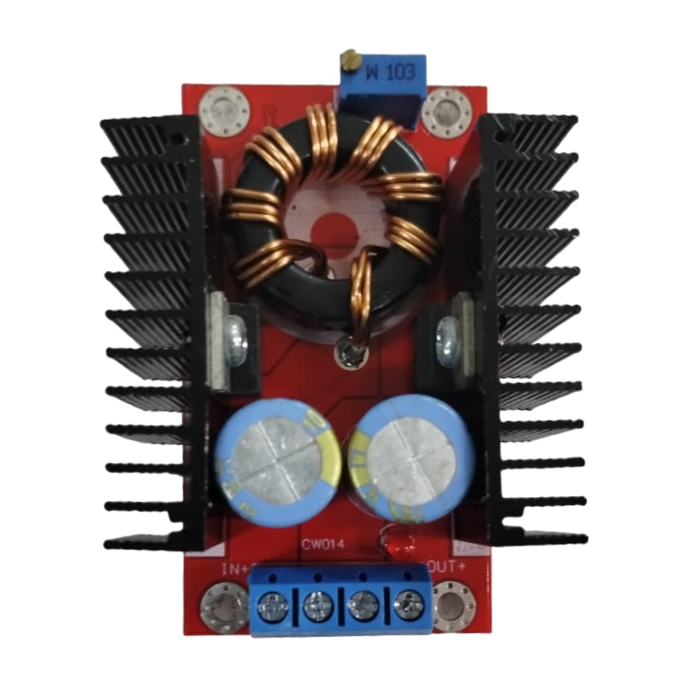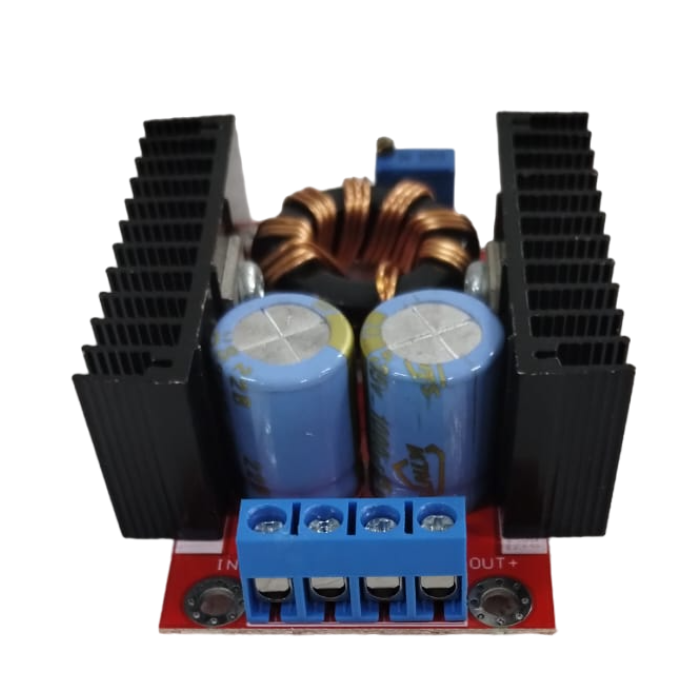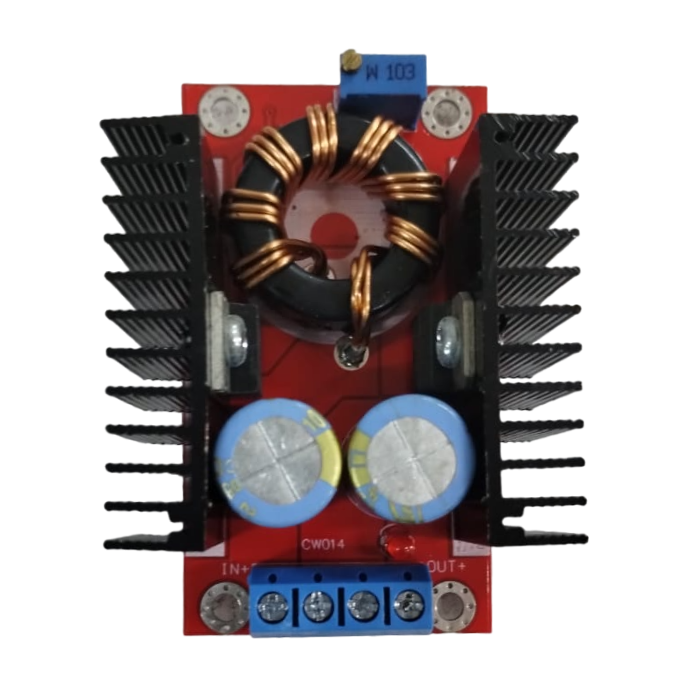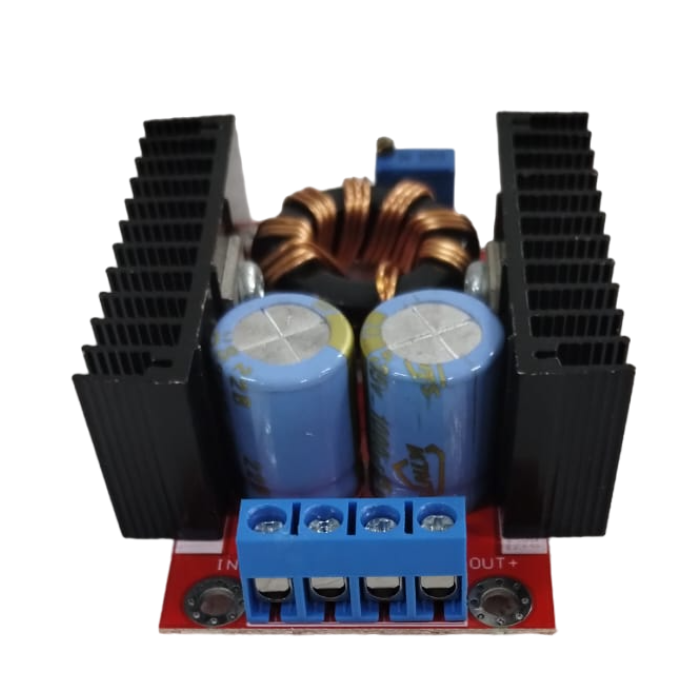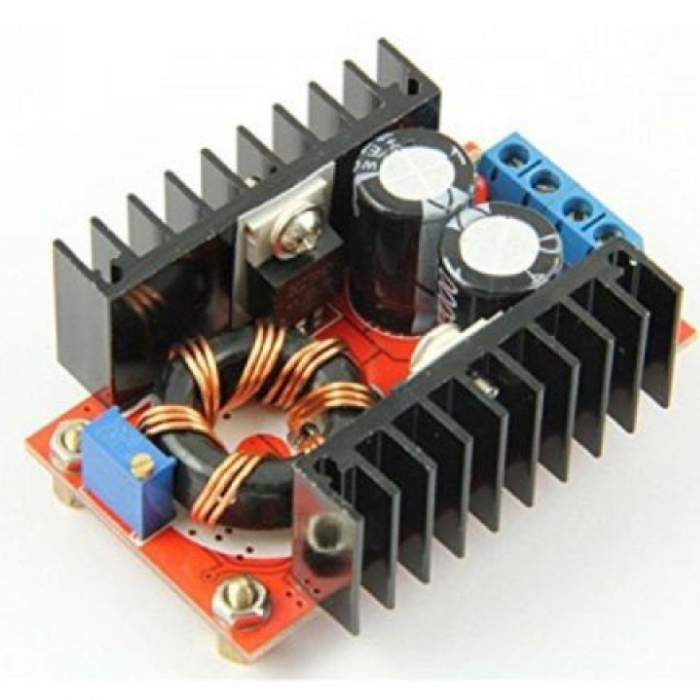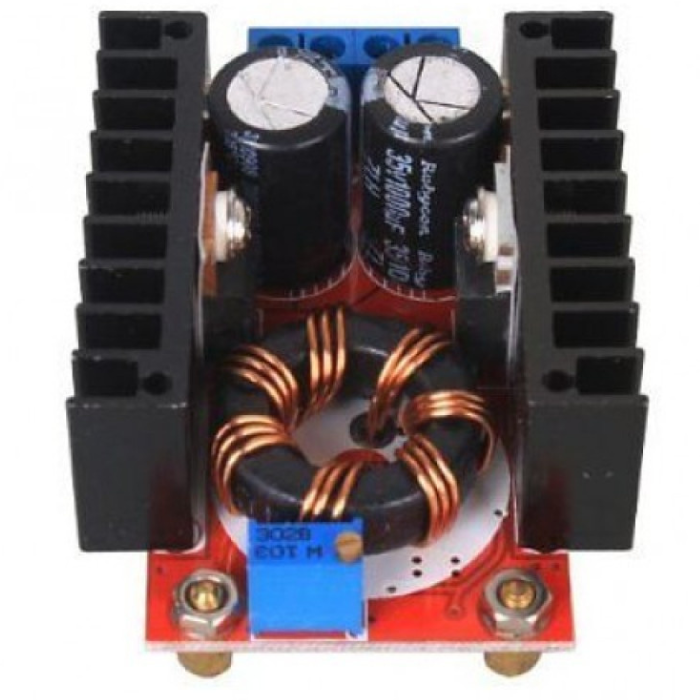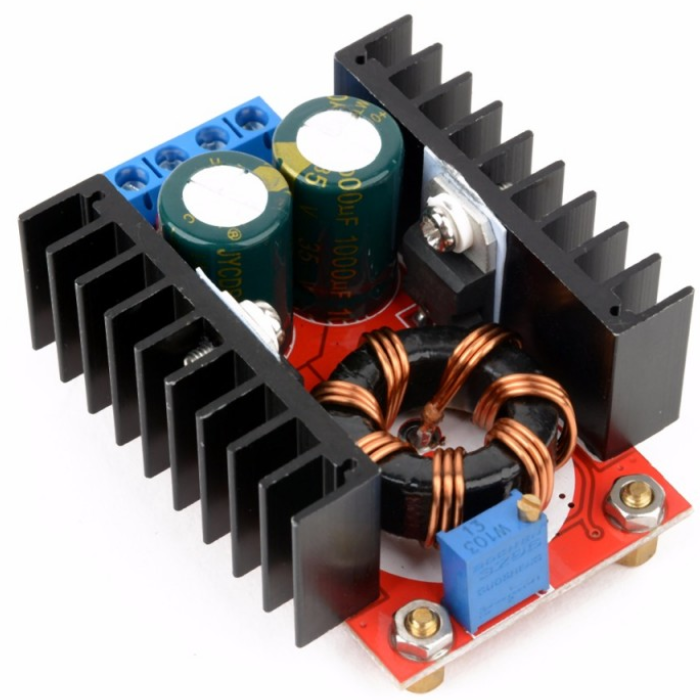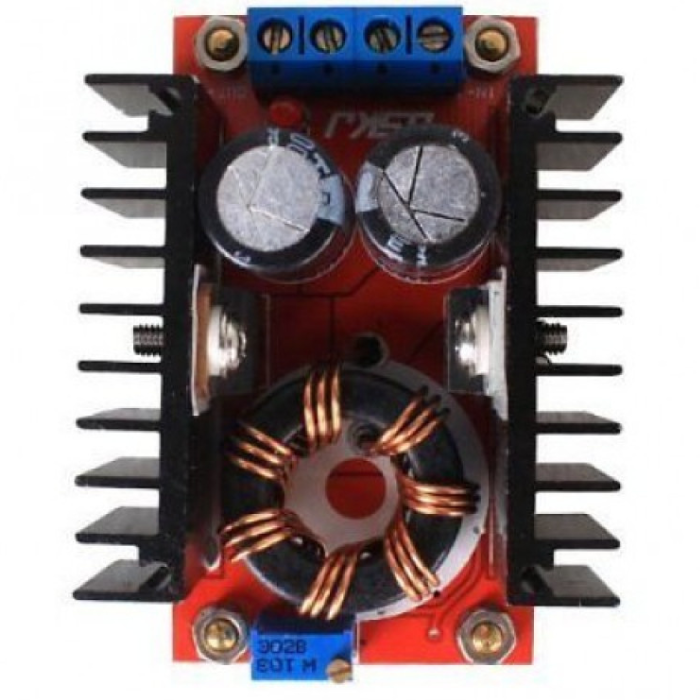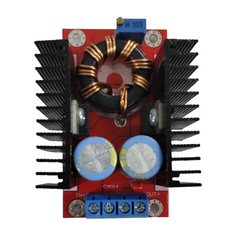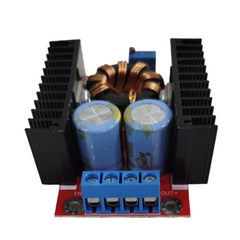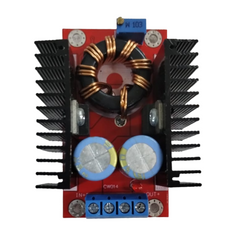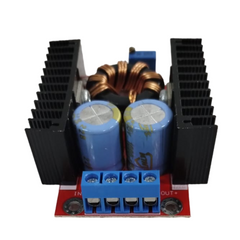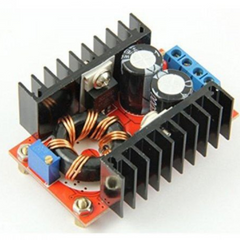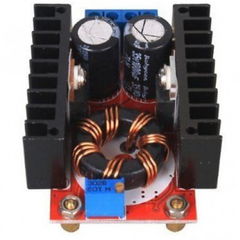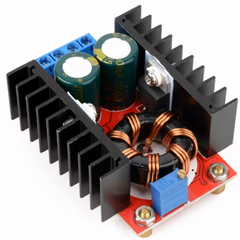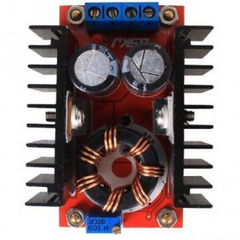1. What does a DC-DC boost converter do?
A DC-DC boost converter is a switched-mode power supply that elevates the voltage of a DC input to a higher DC output voltage. This type of power converter employs at least two semiconductors, such as a diode and a transistor, to raise the voltage while lowering the current. It is often referred to as a step-up converter because it increases the source voltage. The output voltage of a boost converter surpasses the source voltage, while the output current is lower than the source current. Boost converters have numerous applications, such as driving a string of LEDs or charging a battery.
2. What are the advantages of boost converter?
Boost converters have several advantages, including:
- High output voltage
- Lower voltage stress on circuit components, which can increase their lifetime2
- Low operating duty cycles
- Ability to step up or step down voltage
- Efficient solution with smaller external components
3. What is the difference between an inverter and boost converter?
An inverter and a boost converter are two types of electrical devices that convert current, but they operate in opposite directions. A converter converts AC voltage to DC voltage or reduces a high voltage to a lower voltage, such as converting 110V to 12V in an RV. An inverter, on the other hand, transforms DC voltage to AC voltage or raises a low voltage to a higher voltage, such as converting 12V to 110V in an RV.
Meanwhile, a boost converter is a type of DC-DC converter that produces an output voltage that is greater than the input DC voltage.



